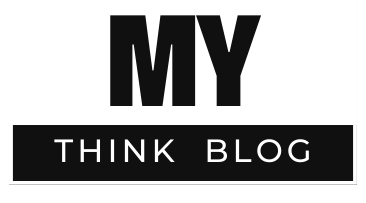In the ever-evolving landscape of healthcare, the role of medical devices in monitoring patients has become increasingly crucial. Remote Patient Monitoring Devices in Healthcare in the USA have emerged as vital tools, offering healthcare professionals real-time data and insights into a patient’s condition. This technological advancement is transforming the way healthcare is delivered, providing more personalized and efficient care.
Understanding Remote Patient Monitoring Devices
Remote Patient Monitoring Devices are designed to keep tabs on a patient’s health outside traditional healthcare settings. These devices collect and transmit data to healthcare providers, allowing them to monitor patients’ conditions without the need for frequent in-person visits. This is particularly beneficial for individuals with chronic conditions, as it enables continuous tracking and early detection of potential issues.
Real-Time Data for Informed Decision-Making
One of the significant advantages of these devices is the ability to provide real-time data. Healthcare professionals can access crucial information promptly, enabling them to make informed decisions about a patient’s treatment plan. This immediacy is especially valuable in emergency situations or when swift adjustments to medication or interventions are required.
Improved Patient Outcomes
The use of Remote Patient Monitoring Devices has been associated with improved patient outcomes. Regular monitoring allows healthcare providers to identify trends or deviations from baseline health, enabling them to intervene proactively. This proactive approach can prevent complications and reduce hospitalizations for patients with chronic conditions, ultimately enhancing their quality of life.
Enhanced Patient Engagement
These monitoring devices empower patients to take an active role in managing their health. Patients can track their vital signs and health metrics at home, fostering a sense of responsibility and control. This increased engagement often leads to better adherence to treatment plans and healthier lifestyle choices.
Challenges and Considerations
While the benefits of Remote Patient Monitoring Devices are evident, challenges exist, including data security and patient privacy concerns. Healthcare providers need to implement robust security measures to protect the sensitive health information transmitted through these devices. Additionally, addressing issues related to the accessibility of these devices for all patients is crucial to ensuring equitable healthcare.
The Future of Healthcare Monitoring
As technology continues to advance, the future of healthcare monitoring holds even more promise. Innovations in wearable devices, sensor technology, and artificial intelligence are likely to further enhance the capabilities of Remote Patient Monitoring Devices. This evolution could lead to more comprehensive and efficient healthcare delivery, particularly in managing chronic conditions.
Conclusion
the integration of Remote Patient Monitoring Devices in healthcare is a significant step forward in improving patient care. These devices provide real-time data, promote patient engagement, and contribute to better outcomes for individuals managing chronic conditions. As technology continues to progress, the healthcare industry must embrace these advancements to ensure a healthier and more connected future for all.

